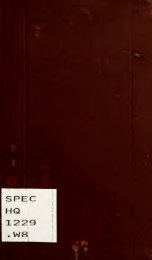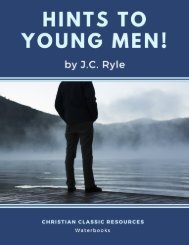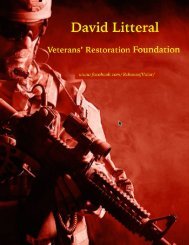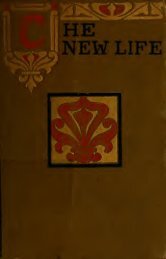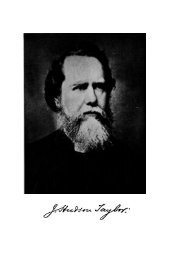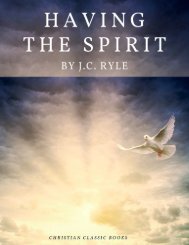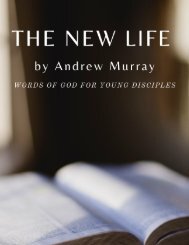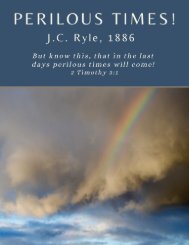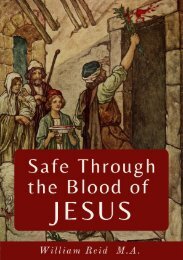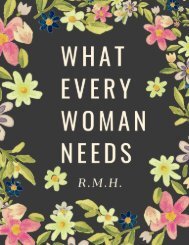The Case For Christ
The Case for Christ records Lee Strobel's attempt to "determine if there's credible evidence that Jesus of Nazareth really is the Son of God." The book consists primarily of interviews between Strobel (a former legal editor at the Chicago Tribune) and biblical scholars such as Bruce Metzger. Each interview is based on a simple question, concerning historical evidence (for example, "Can the Biographies of Jesus Be Trusted?"), scientific evidence, ("Does Archaeology Confirm or Contradict Jesus' Biographies?"), and "psychiatric evidence" ("Was Jesus Crazy When He Claimed to Be the Son of God?"). Together, these interviews compose a case brief defending Jesus' divinity, and urging readers to reach a verdict of their own.
The Case for Christ records Lee Strobel's attempt to "determine if there's credible evidence that Jesus of Nazareth really is the Son of God." The book consists primarily of interviews between Strobel (a former legal editor at the Chicago Tribune) and biblical scholars such as Bruce Metzger. Each interview is based on a simple question, concerning historical evidence (for example, "Can the Biographies of Jesus Be Trusted?"), scientific evidence, ("Does Archaeology Confirm or Contradict Jesus' Biographies?"), and "psychiatric evidence" ("Was Jesus Crazy When He Claimed to Be the Son of God?"). Together, these interviews compose a case brief defending Jesus' divinity, and urging readers to reach a verdict of their own.
You also want an ePaper? Increase the reach of your titles
YUMPU automatically turns print PDFs into web optimized ePapers that Google loves.
Blomberg, Craig. <strong>The</strong> Historical Reliability of the Gospels.<br />
Downers Grove, Ill.: InterVarsity Press, 1987.<br />
Bruce, F F <strong>The</strong> New Testament Documents: Are <strong>The</strong>y Reliable? Grand<br />
Rapids: Eerdmans, 1960.<br />
France, R. I <strong>The</strong> Evidence for Jesus. Downers Grove. Ill.:<br />
InterVarsity Press, 1986.<br />
2: TESTING THE EYEWITNESS EVIDENCE<br />
Do the Biographies of Jesus Stand Up to Scrutiny?<br />
Sixteen-year-old Michael McCullough's words were so faint that<br />
jurors couldn't hear them above the soft puffing sound of the<br />
mechanical respirator that was keeping him alive. A lip-reader<br />
had to hunch over Michael's bed, discern what he was saying, and<br />
repeat his testimony to the makeshift courtroom.<br />
Paralyzed from the neck down by a bullet that severed his spinal<br />
cord, Michael was too frail to be transported to the courthouse<br />
for the trial of the two youths accused of attacking him. Instead<br />
the judge, jury, defendants, lawyers, reporters, and spectators<br />
crowded into Michael's hospital room, which was declared a<br />
temporary branch of Cook County Circuit Court.<br />
Under questioning by prosecutors, Michael recalled how he left<br />
his apartment at a Chicago housing project with two dollars in<br />
his pocket. He said he was accosted in a stairway by the two<br />
defendants, who intentionally shot him in the face as they tried<br />
to steal his money. His story was backed up by two other youths<br />
who had watched in horror as the assault took place.<br />
<strong>The</strong> defendants never denied the shooting; instead they claimed<br />
that the gun accidentally discharged while they were waving it<br />
around. Defense attorneys knew that the only way they could get<br />
their clients off with a reduced sentence was if they could<br />
succeed in undermining the testimony that the shooting was a<br />
vicious and premeditated act of violence.<br />
<strong>The</strong>y did their best to cast doubt on the eyewitness accounts.<br />
<strong>The</strong>y questioned the witnesses' ability to view what happened, but<br />
they failed to make any inroads. <strong>The</strong>y tried to exploit<br />
inconsistencies in the stories, but the accounts harmonized on<br />
the central points. <strong>The</strong>y demanded more corroboration, but clearly<br />
no more was needed. <strong>The</strong>y raised hints about character, but the<br />
victim and witnesses were law-abiding youths with no criminal<br />
record. <strong>The</strong>y hoped to show a bias against the defendants, but




